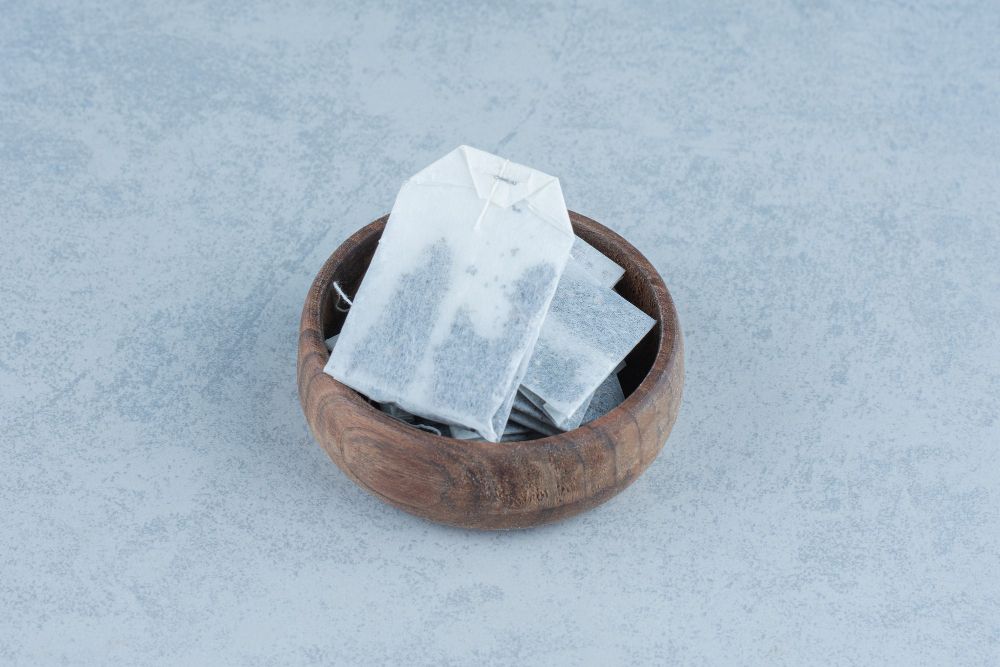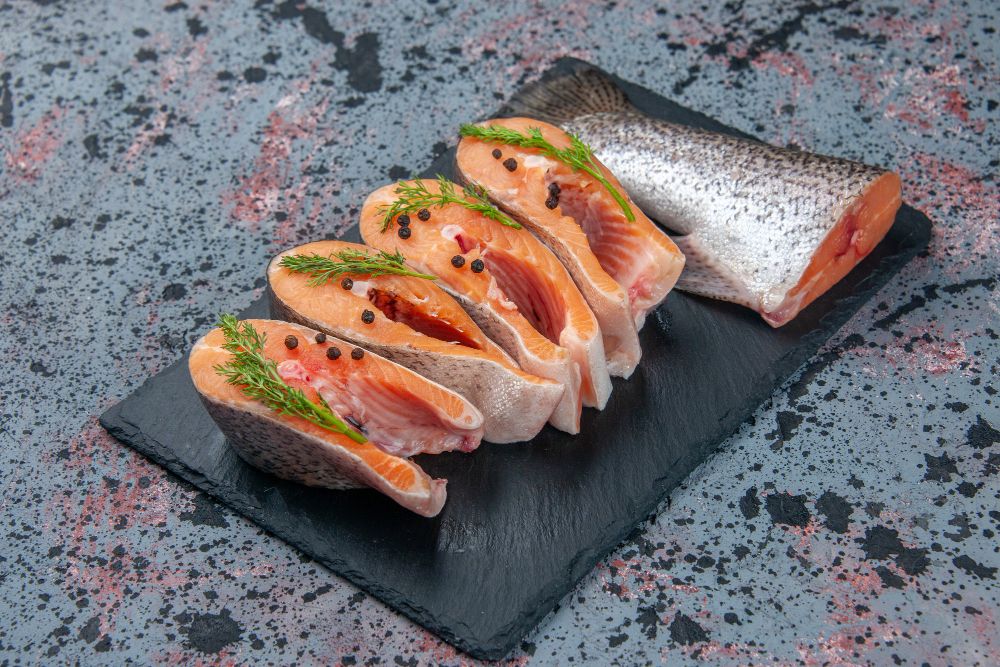

Book Now to Experience
S6 Body Sculpting Treatment
1 Minute Self-Registration
Date should not be before minimal date
Author: Natalie Ng|31 March 2025
A low carb diet helps with weight loss by reducing carbohydrate intake, making the body burn stored fat instead of sugar for energy. This approach isn’t new—diets like keto and Atkins have been around for years, helping people lose weight without feeling constantly hungry.Unlike low fat diets, which often leave you craving more food, low carb eating focuses on healthy fats, proteins, and non-starchy vegetables to keep you full. In the next sections, we’ll explore how low carb diets work, what foods to eat, and how to make them sustainable for long-term weight management.

1
How Does the Low Carb Diet Work?
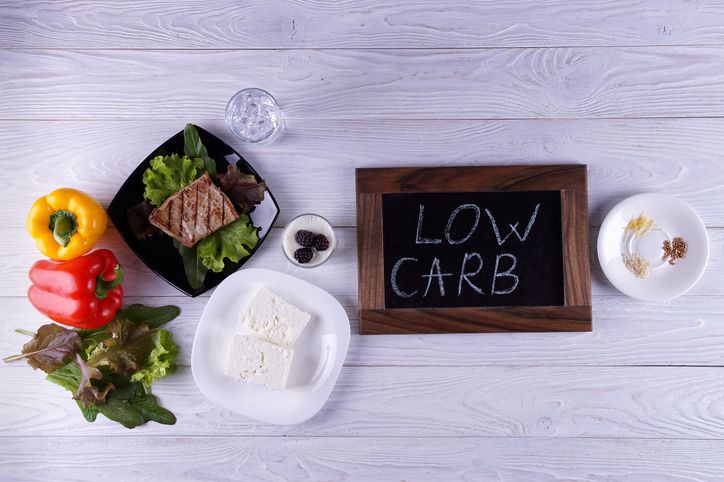
1. Lowering Insulin to Burn Fat
2. Switching to Fat for Energy
Why It Works for Long-Term Weight Loss

2
Health Benefits of the Low Carb Diet

1. Better Heart Health
2. Improved Blood Sugar Control
3. More Energy, Fewer Crashes
Read More

3
How to Start Your Low-Carb Journey
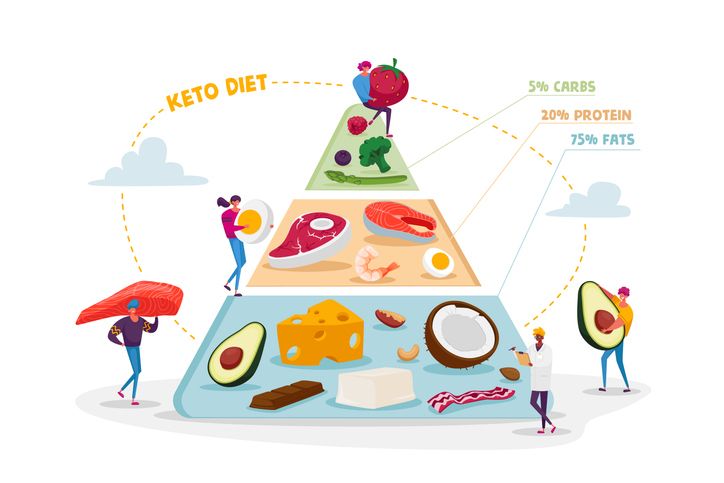
1. Set Your Carb Limit
2. Swap High-Carb Foods for Better Alternatives
3. Plan Your Meals in Advance
4. Adjust Your Lifestyle

4
Best Low-Carb Foods for Weight Loss
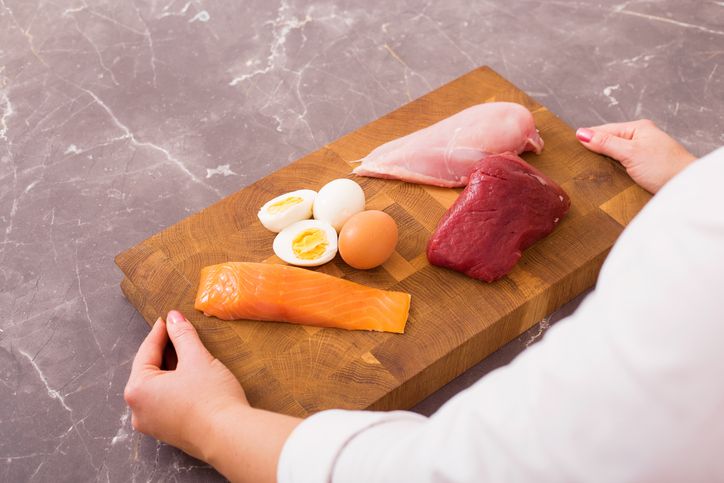
1. Lean Proteins
2. Non-Starchy Vegetables
3. Healthy Fats
4. Low-Carb Fruits
5. Dairy Products
6. Additional Low-Carb Foods

Book Now to Experience
S6 Body Sculpting Treatment
1 Minute Self-Registration
Date should not be before minimal date

5
Common Mistakes to Avoid

1. Ignoring Hidden Carbs in Foods
2. Going Too Low on Carbs Too Fast
3. Not Eating Enough Nutrient-Dense Foods
4. Not Drinking Enough Water
5. Focusing Too Much on Processed "Low-Carb" Products
6. Making the Low-Carb Diet Too Restrictive

6
Enhance Your Low Carb Diet Results with S6 Body Sculpting Treatment

What is S6 Body Sculpting Treatment?
How S6 Body Sculpting Treatment Works?
Why Combine S6 Body Sculpting with a Low Carb Diet?
Benefits of S6 Body Sculpting Treatment
Who is S6 Body Sculpting Treatment For?
Achieve a Slimmer, More Sculpted Body
FAQ
Can I Drink Alcohol While Following a Low-Carb Diet?
Like traversing a tightrope, you can drink alcohol on a low-carb diet, but you'll need to be strategic. You'll want to choose zero-carb spirits like vodka or whiskey, or dry wines with minimal carbs, while avoiding beer and sugary mixers. Since your body prioritizes metabolizing alcohol over burning fat, you should limit yourself to 1-2 drinks and wait until you're fully fat-adapted before introducing alcohol.
How Do Medications Affect Weight Loss on a Low-Carb Diet?
Your medications can substantially impact weight loss on a low-carb diet, as many contain hidden carbs or affect metabolism. Liquid medications often include sugar-based carriers, while certain prescriptions like corticosteroids can raise blood glucose and insulin levels. You'll need to monitor your medication's carb content, particularly in liquid forms, and work with your healthcare provider to adjust dosages as your body becomes more insulin sensitive through carb restriction.
Should I Exercise Differently When Eating Low-Carb?
When eating low-carb, you'll need to adjust your exercise routine to accommodate reduced glycogen stores. Focus on moderate-intensity activities like walking, swimming, or yoga during the initial adaptation period, which typically lasts 2-4 weeks. You can gradually incorporate higher-intensity workouts as your body becomes fat-adapted, but consider timing any intense training sessions with your carb intake, and stay well-hydrated to maintain performance levels.
What Happens if I Accidentally Overeat Carbs One Day?
While you might worry you've ruined your progress, a single day of excess carbs won't derail your long-term success. You'll likely experience temporary water weight gain of 1-2kg and brief insulin spikes, but your body will normalize within 24-48 hours. Focus on returning to your low-carb routine at your next meal, stay hydrated to help with possible bloating, and remember that occasional carb fluctuations are part of your sustainable health journey.
Can I Follow a Low-Carb Diet While Breastfeeding?
You can follow a low-carb diet while breastfeeding, but you'll need to maintain a moderate approach of 50-130g carbs daily rather than strict restriction. Focus on nutrient-dense carb sources like fruits and whole grains, while ensuring adequate protein and healthy fats to support milk production. Monitor your milk supply closely, stay well-hydrated, and aim for gradual weight loss of 1 lb/week, consulting with a healthcare provider to personalize your plan.

Book Now to Experience
S6 Body Sculpting Treatment
1 Minute Self-Registration
Date should not be before minimal date
Recommended Articles
COPYRIGHT© NEW BEAUTY MANAGEMENT LIMITED 2025. ALL RIGHT RESERVED.



